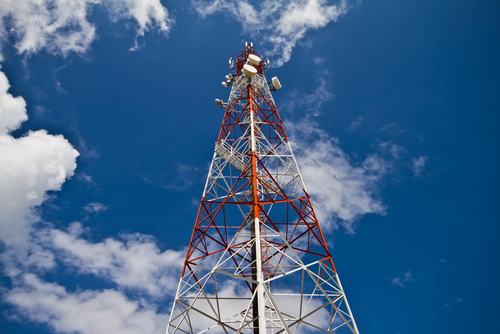Bahrain has made the biggest change in Arab country rankings by jumping 21 places to 27 as per International Telecommunication Union’s 2015 “Measuring the Information Society Report” released on November 31st.
The report, which has been published annually since 2009, features key ICT data and benchmarking tools to measure the information society, including the ICT Development Index (IDI).
The IDI 2015 captures the level of ICT (Information and communications technology) developments in 167 economies worldwide and compares progress made since the year 2010.
In 2015, Bahrain is ranked 27th, followed by Qatar at 31st, UAE at 32nd, Saudi Arabia at 41st, Kuwait at 46th and Oman at 54th.
In 2010, Qatar was ranked 37th, followed by Bahrain at 48th, Kuwait at 45th, UAE at 49th, Saudi Arabia at 56th and Oman at 64th.
Three of them (Bahrain, UAE and Saudi Arabia) are among the ten countries which have seen the most dynamic improvements in IDI rankings and values since 2010, as are two other countries in the region (Lebanon and Oman).
However, there is a growing disparity between these high-performing countries and those lower down the distribution. While GCC countries improved their IDI values by 1.78 points between 2010 and 2015, the average improvement for non-GCC countries was 0.89 points, the global average.
“The strong performance of GCC countries reflects the association between IDI and national income levels,” the report stated.
Globally, Korea is ranked the top in 2015 rankings, followed by Denmark, Iceland, United Kingdom and Sweden.
Brahima Sanou, Director of ITU’s Telecommunication Development Bureau, which produces the report each year, said that ITU’s work in gathering and publishing statistics allows us to monitor the real progress being made in ICT development worldwide.
“Progress is encouraging in many areas but more needs to be done — especially in the world’s poorest and remotest regions, where ICTs can arguably make the biggest difference, and help bring people everywhere out of extreme poverty,” he said.
Latest data show that growth in internet use has slowed down, however, posting 6.9% global growth in 2015, after 7.4% growth in 2014. Nonetheless, the number of Internet users in developing countries has almost doubled in the past five years (2010-2015), with two thirds of all people online now living in the developing world.
By the end of this year, 46% of households globally will have internet access at home, up from 44% last year and just 30% five years ago, in 2010.
Fastest growth continues to be seen in mobile broadband, with the number of mobile-broadband subscriptions worldwide having grown more than four-fold in five years, from 0.8 billion in 2010 to an estimated 3.5 billion in 2015. The number of fixed-broadband subscriptions has risen much more slowly, to an estimated 0.8 billion today.
Sanou said that over 95% of the global population is now covered by mobile-cellular services, meaning that there are still an estimated 350 million people worldwide who live in places which are still out of reach of a mobile network — a figure that has dropped from 450 million a year ago.
But while 89% of the world’s urban population is now covered by a 3G network, he said that only 29% of the world’s 3.4 billion people living in rural areas benefit from 3G coverage.


